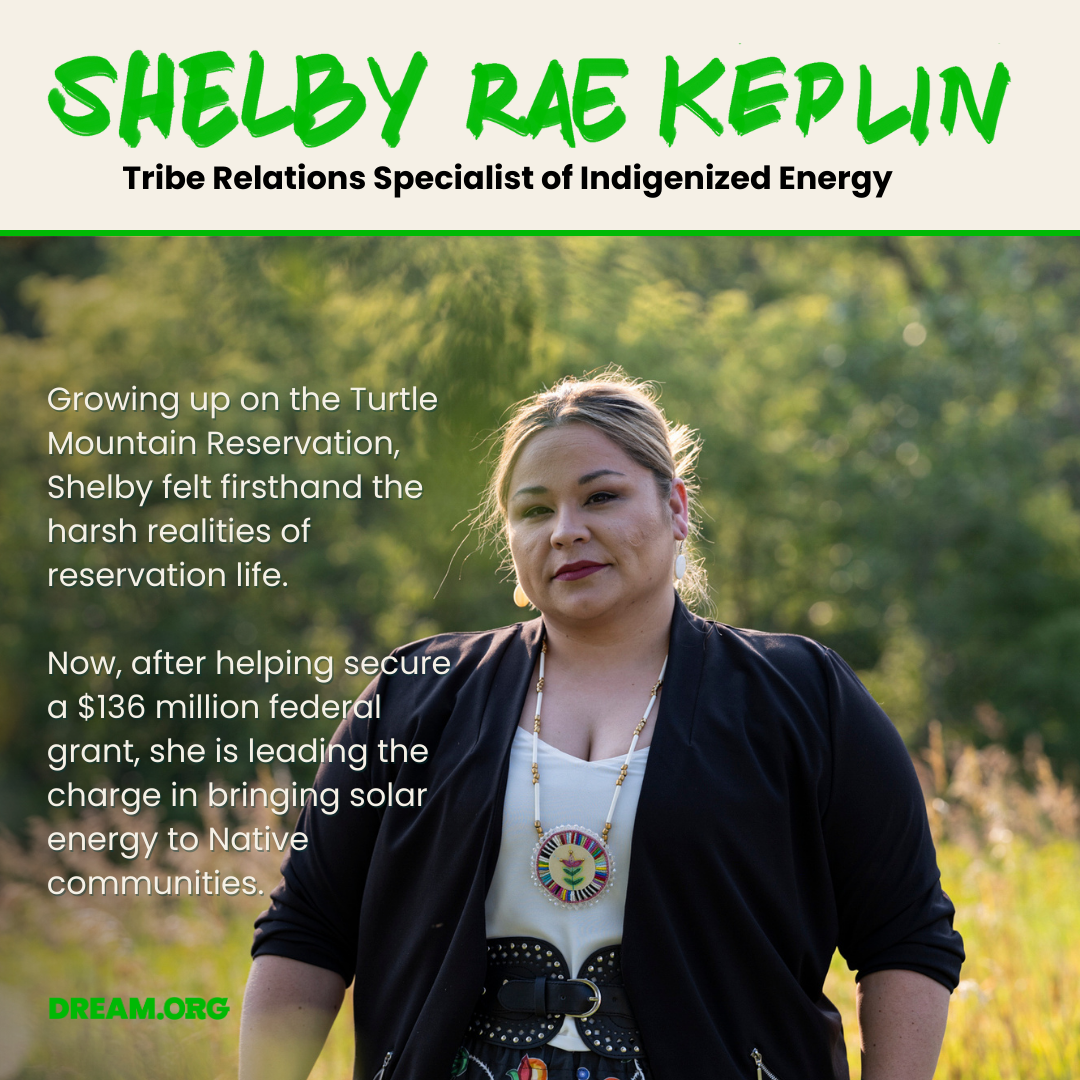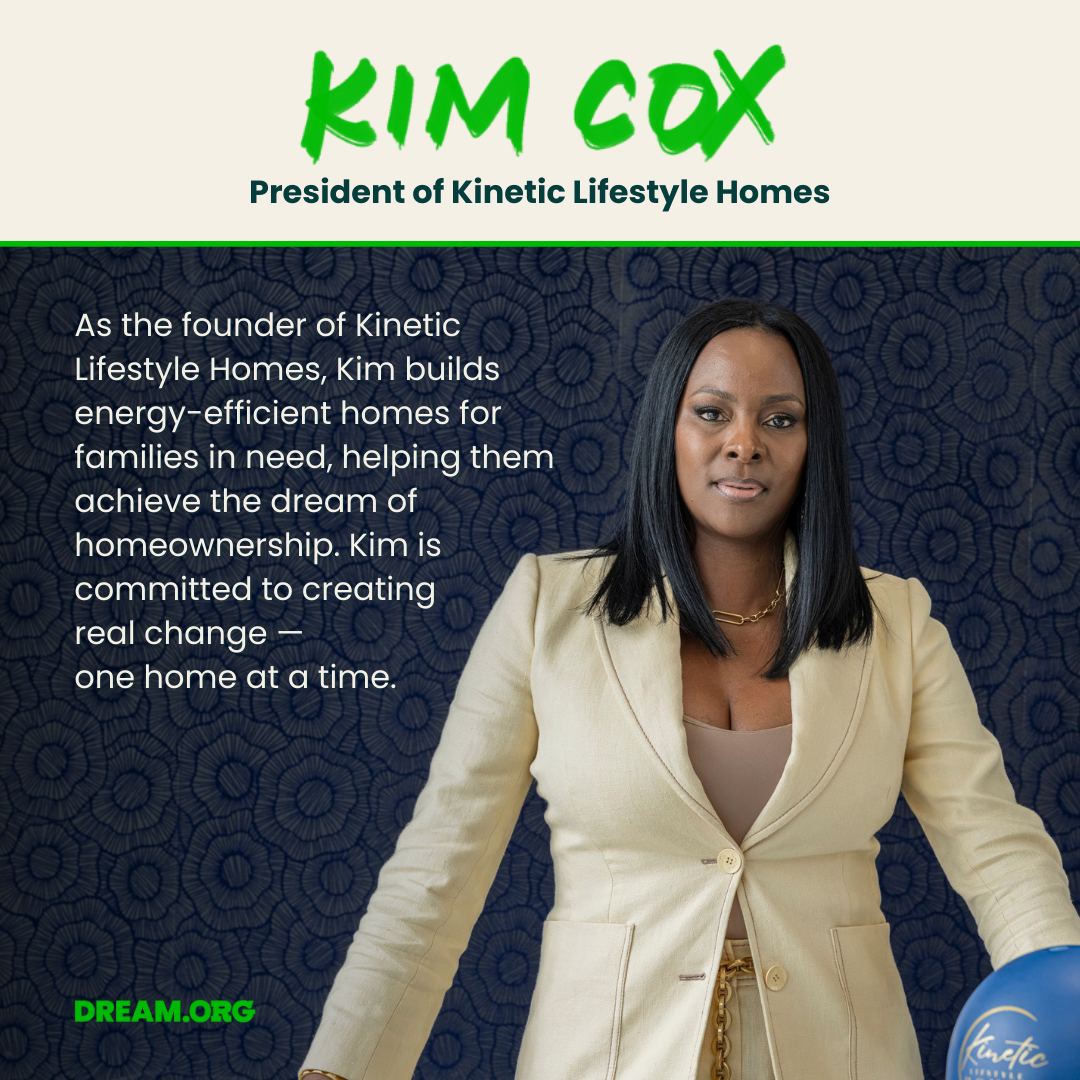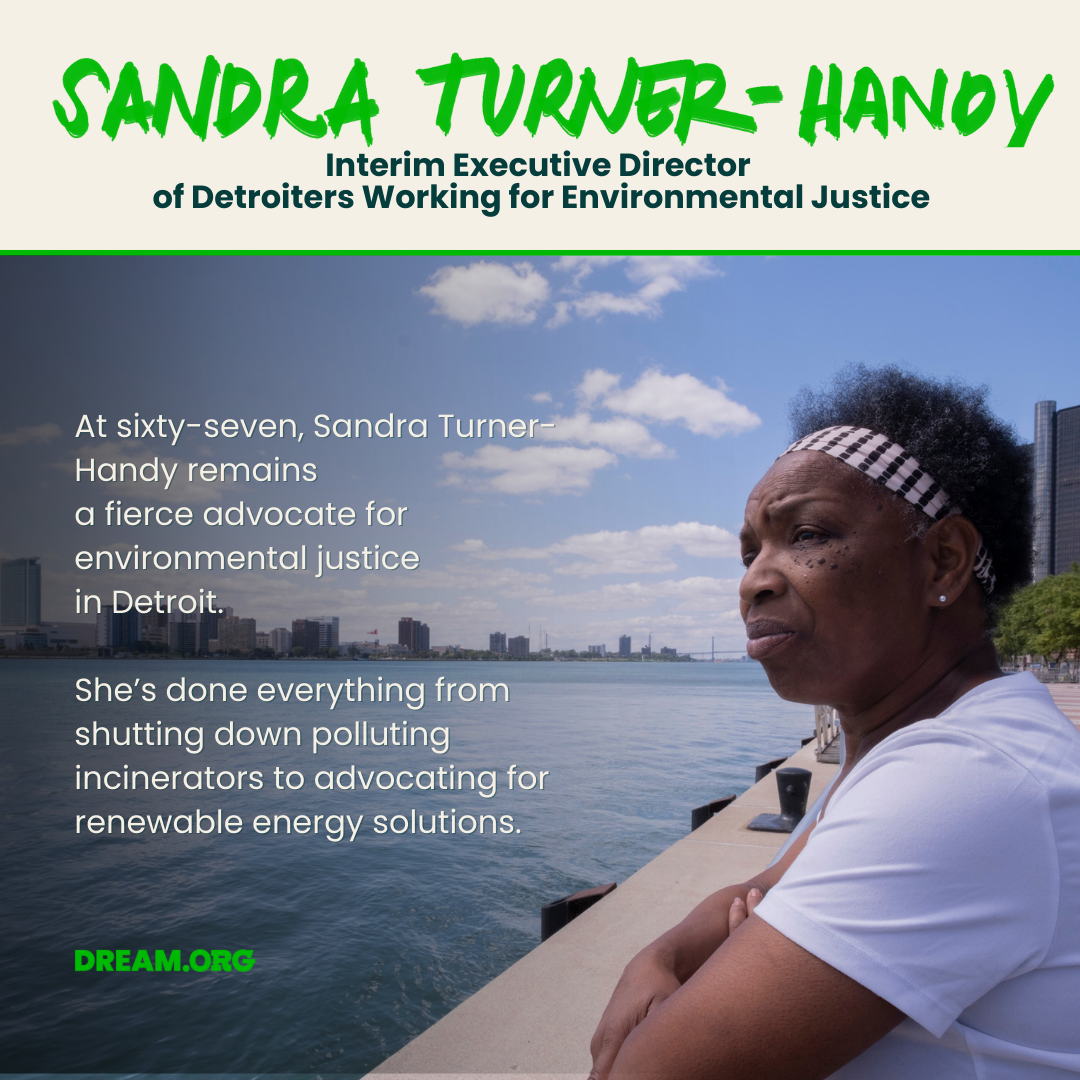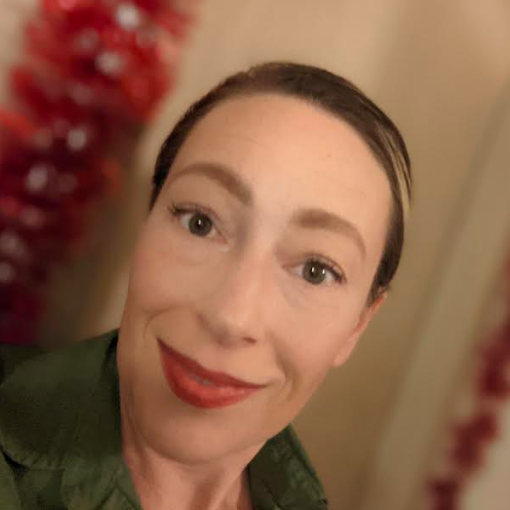
(Image: Jan Van Bizar/Pexels)
At the end of 2024, Dream.Org launched the Make It Real photojournalism series to highlight the challenges and triumphs of those fighting for a more sustainable and equitable future. We're collaborating on a series of TriplePundit articles to share the stories of the people and communities on the frontlines of climate equity in the United States.
The personal stories behind climate action are powerful and inspiring, but it’s easy for them to get lost amid the larger narrative. A photojournalism campaign from Dream.Org is bringing these stories to the forefront by featuring portraits and biographies of climate leaders in Detroit, Florida and Native communities. The Make It Real series bridges the gap between the enormousness — and thus facelessness — of the climate crisis and the real people who dedicate their lives to solutions. In so doing, the organization aspires to help those leaders secure much-needed funding.
“The aim of [Make It Real] is to bring attention to the need for equitable climate action, particularly in Black and Brown communities that have been disproportionately affected by climate change,” Maya Mosher, director of marketing at Dream.Org, told TriplePundit. “We wanted … to spotlight the real world challenges and successes of these communities, to literally make it real and put human faces behind the need for funding.”

Helping leaders access Inflation Reduction Act funds
The Inflation Reduction Act (IRA) plays a notable part in the campaign’s goals. Make It Real intends to ensure these communities can benefit from grants for sustainable solutions and technology, Mosher said. The stories featured in the series can be used as supportive documentation for grant applications and proposals, and the storytelling itself helps Dream.Org with its own private fundraising, she said.
Luis Galarza, who is featured in the series, is one example of the impact access to funding can have.
“Luis co-founded a company called SoFlo Solar Advisors to bring ethical and reliable solar energy solutions to South Florida. Luis is a great success story because he benefited from a grant from Florida's oldest green bank,” Mosher said, referring to the Solar and Energy Loan Fund. The fund received a $156 million grant from the U.S. Solar for All program, which is funded by the IRA, as a part of a bigger coalition. That grant money is used to support solar projects like Galarza's.
Make It Real also featured Briana DuBose, who leads the nonprofit EcoWorks in promoting equitable and sustainable solutions in Detroit. EcoWorks is “part of a coalition of organizations with a grant program, and each of their congregations were provided with a lower lump sum of general relief to help reduce fossil fuel consumption,” Mosher said. “They're continuously seeking funding from … the Inflation Reduction Act, but many of these projects have not been funded yet.”

A pragmatic approach to challenges
With Donald Trump set to retake the White House, the IRA could be at risk. Despite its economic and environmental advantages — which are especially noticeable in red states — Trump vowed to axe the IRA during his presidential campaign. All of this begs the question: Will the photojournalism series still be able to achieve its goals if this funding source dries up?
“There have been concerns expressed. It's hard to know at this point exactly how it will be affected, and our policy team at Dream.Org is monitoring that,” Mosher said. “But the great thing about that is we have built relationships with unlikely allies. We're a very pragmatic, progressive organization. We will work with anyone to find those solutions that help everyone.”
The organization’s storytelling efforts drives the bi-partisanship of the issue home, she said. “The need exists often in areas that are conservative — Republican cities, states that are represented by Republican legislators and decision-makers. So our job is really to get in front of those leaders and make sure they're aware of the benefits of this type of funding.”
In addition to potential funding challenges, photojournalism and storytelling can only do so much. While the campaign is doing a stellar job of spotlighting local leaders and the immense amount of work they put into securing finances for just climate action, time is of the essence, Mosher said.
“We need climate action fast,” she said. “We don't have time. And we do need to build broader coalitions and have these changes take place quicker. It's also who's in power that influences what types of funds are available. So I think the limitations come with just general public awareness.”
Fortunately, storytelling can go a long way toward informing public awareness, too.

Access to resources makes transformation possible
Communities like those featured in the Make it Real campaign face systematic challenges, Mosher said. “These communities are often left out of climate solutions that could really transform their futures.”
One transformation she said is particularly inspiring is the Black Hills region of South Dakota and Wyoming, where the capacity-building organization Indigenized Energy is bringing affordable green energy and job opportunities to rural Indigenous communities. With all of the economic ripples that came out of the effort, communities saw benefits that superseded the climate-related ones, Mosher said.
“Whether you're in a red, blue or purple state, these issues affect you, and there's action that can be taken,” Mosher said. “There's solutions that exist and there's resources that exist for those communities [that are] affected the worst.”
Graphics courtesy of Dream.org. Photography by Nina Robinson.

Riya Anne Polcastro is an author, photographer and adventurer based out of Baja California Sur, México. She enjoys writing just about anything, from gritty fiction to business and environmental issues. She is especially interested in how sustainability can be harnessed to encourage economic and environmental equity between the Global South and North. One day she hopes to travel the world with nothing but a backpack and her trusty laptop.














